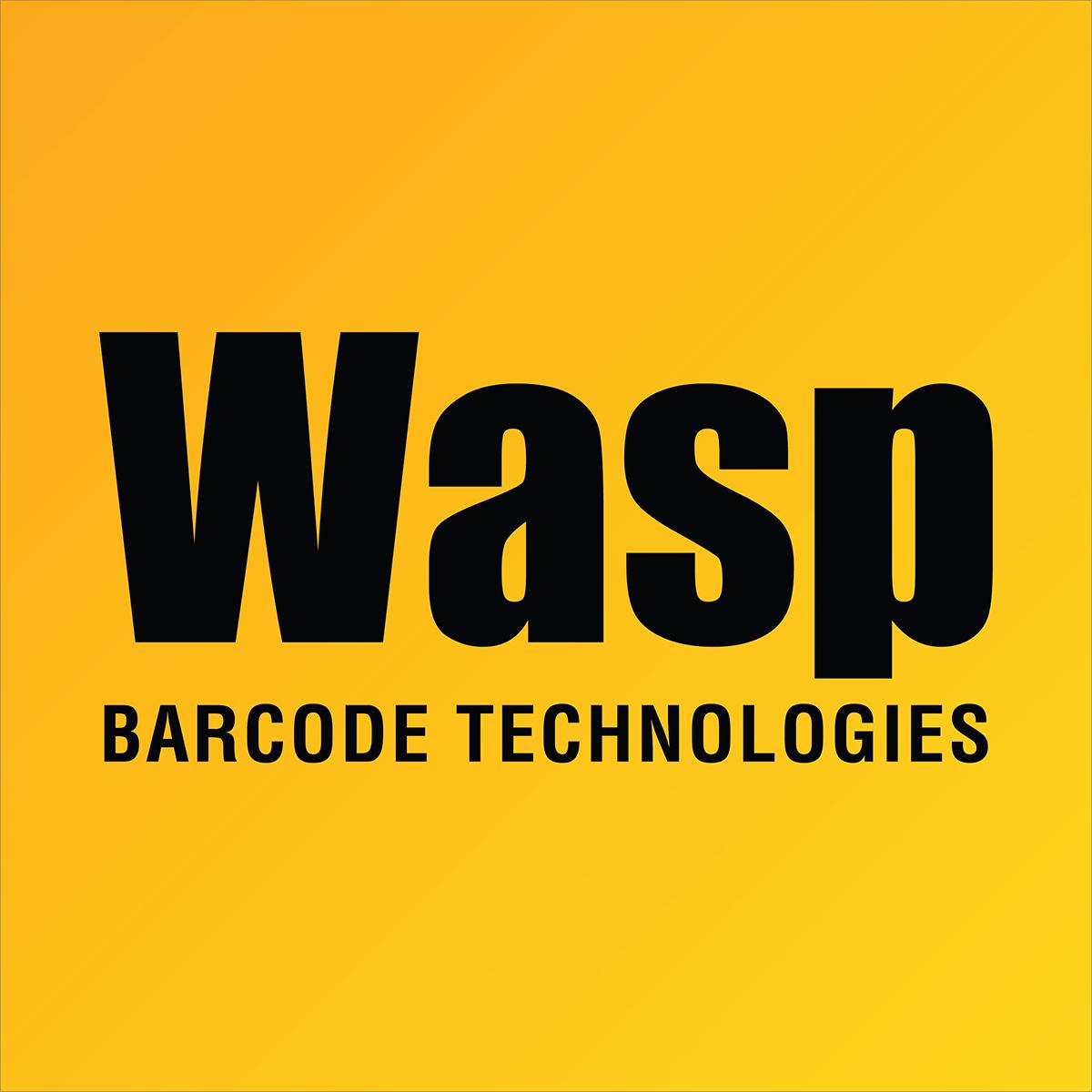See Related Pages below for relevant links, downloads, other troubleshooting techniques, etc. Note that most or all of these techniques require Windows Administrator permissions to perform.
Installation
During installation of a Wasp WPL Label Printer on a PC for the first time, follow the sequence below, resolving issues or unexpected behavior at each step before proceeding further.
- Load the labels and ribbon (if any).
- With the printer's power switch off, plug the power supply into the printer.
- Plug the USB cable into the printer (but not the PC).
- Turn on the printer. Wait for the light to turn green.
- On the PC, open Devices and Printers control panel.
- Plug the USB cable into the PC.
- Windows should detect the printer, and load the built-in driver for USB Printing Support, which should appear in the Unspecified section of Devices and Printers.
- After this process has completed successfully, Windows and the printer are ready for WPL print driver installation, from disc or download. When the Driver Wizard runs, it should detect the printer on the USB001 (or other number) port.
- After the driver is installed, the printer should show as its model number in Devices and Printers (e.g. Wasp WPL-305).
- If the printer shows up in Devices and Printers in the Unspecified section with status: "Device setup in progress", reboot the PC to complete the setup process.
Problems that may be encountered
- Driver will not install
- Driver will not uninstall
- Multiple icons for the same printer appear in Devices and Printers, or you have icons for a printer model you don't have physically attached
- Multiple or old versions of the driver are installed
- Print jobs are sent the print queue ("See what's printing") but no labels are fed
- Labels are fed out, but they are blank
Troubleshooting techniques, tools, and tips
A first quick technique is to unplug the USB cable from the printer, turn off the printer, wait 10-15 seconds, turn on the printer, wait until the light goes green, then replug the USB cable. This can resolve less serious issues.
Moving on to deeper troubleshooting techniques for issues such as the above, it's best to remove all the printer icons and drivers, to start from a clean slate. Unplug the USB cable from the printer, and leave it disconnected from Windows while performing other removal steps. Remove any WPL printer icons from Devices and Printers, and follow other steps below. After the removal process(es) are complete, reboot the PC, then go back to the printer installation procedure at the beginning of this article.
Uninstalling print driver via Driver Wizard: On the first screen, select "Remove printer drivers". On the next screen, select "Automatically remove all Drivers by Seagull". Follow the prompts to completion. Most likely the PC will need to be rebooted once or twice during this process.
If the Driver Wizard's final "completed successfully" list is blank, follow the following article, linked in Related Pages below:
"WPL Print Driver Removal via Registry. Driver Wizard says it completed, but the "completed successfully" list is empty and no printer is actually installed."
(This method can also be used to verify driver/printer removal.)
Print Management (in Control Panel, Administrative Tools): Note: This utility is available in Pro and higher editions of Windows (but not Home or Standard). It is possible to see drivers, printers, and versions installed, as well as the Remove Driver Package command.
Device Manager (in Control Panel): Open the linked article (from Related Pages below) called "Windows Mobile/CE Devices: thorough driver removal from Device Manager", then follow steps 1-4 so you're viewing hidden devices. From the list below, expand out related sections, then right-click and Uninstall printer-related components. If there is a checkbox for "Delete the driver software for this device", check it. Click OK. Repeat until they're all gone.
- Other Devices (e.g. WASPWPL-305)
- Print queues
- Printers
- Universal Serial Bus controllers (e.g. USB Printing Support)

Check for USB001 Local Port (rare): During the USB Printing Support process, Windows creates a port called USB001 (or other numbers, such as USB002, etc) with the description "Virtual printer port for USB". To view the list of ports, right-click any printer in Devices and Printers, then Printer Properties, then click the Ports tab. If someone has created one or more local ports called USB001 (or other number), this will cause odd behavior and should be removed.
Clear stuck print jobs:
- Services (in Control Panel, Administrative Tools):
- Right-click Print Spooler, Stop. (Leave this windows open.)
- In Windows File Explorer, navigate to C:\Windows\System32\spool\PRINTERS (grant permission if needed), then delete all files within.
- Back in Services, right-click Print Spooler, Start.
Wasp Tech Support can assist with these procedures, as well as supply firmware updates if warranted.



